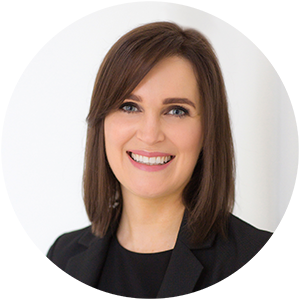Rosacea is a very common condition, and can present on the skin in a variety of ways. Sun protection, avoiding triggers and gentle skin care are the cornerstone of treatment, with the addition of active skincare ingredients, oral medications and lasers for some. Rosacea is a chronic problem, meaning that maintenance treatment is usually required to keep it under control. Be encouraged though, in the right hands it is easily managed.
What is rosacea?
Rosacea is a common skin condition affecting the face. It tends to appear between the ages of 30 and 60, and is more common in women and those with fair skin and blue eyes. It can present as redness, flushing, prominent blood vessels, sensitive skin, red bumps and pimples.
What makes rosacea worse?
Rosacea can be aggravated by sun exposure, heat, spicy food, stress and alcohol. The triggers aren’t the same for everyone, so if you have rosacea, it may be worth keeping a diary to see what flares up your skin.
What types of rosacea are there?
Erythrotelangiectatic rosacea: flushing, skin redness, prominent capillaries.
Papulopustular rosacea: red bumps and pimples.
Rhinophyma: thickening of the skin on the nose, more common in men.
Ocular rosacea: red eyelid margins and a gritty sensation in the eyes.
How can I treat my rosacea?
Avoid triggers
The first step in treating rosacea involves avoiding things that are known to make it worse. These include sun exposure, heat, spicy food, alcohol and topical corticosteroids. SPF 50+ sunscreen should be worn daily, even if it’s a cloudy day and you’re inside. Ultraviolet rays can penetrate window glass, which can aggravate rosacea.
Gentle skin care
Use lukewarm (not hot) water to cleanse the skin, and avoid harsh soaps and surfactants. Avoid all physical exfoliants, and take care with chemical exfoliants which can aggravate rosacea in some people.
Topical measures
Niacinamide and azelaic acid are two over the counter products which can help reduce the inflammation of rosacea, and are generally well tolerated. Metronidazole cream or gel and ivermectin cream are prescription products which can be very helpful. Topical brimonidine may temporarily reduce skin redness, but it can cause ‘rebound’ redness when the effect wears off.
Oral medications
Oral antibiotics for several weeks to months and low dose isotretinoin may be recommended by your doctor for some cases of rosacea.
Physical treatments
Intense pulsed light and vascular lasers can be very effective in addressing the prominent blood vessels. Ablative lasers can help improve the appearance of rhinophyma.

